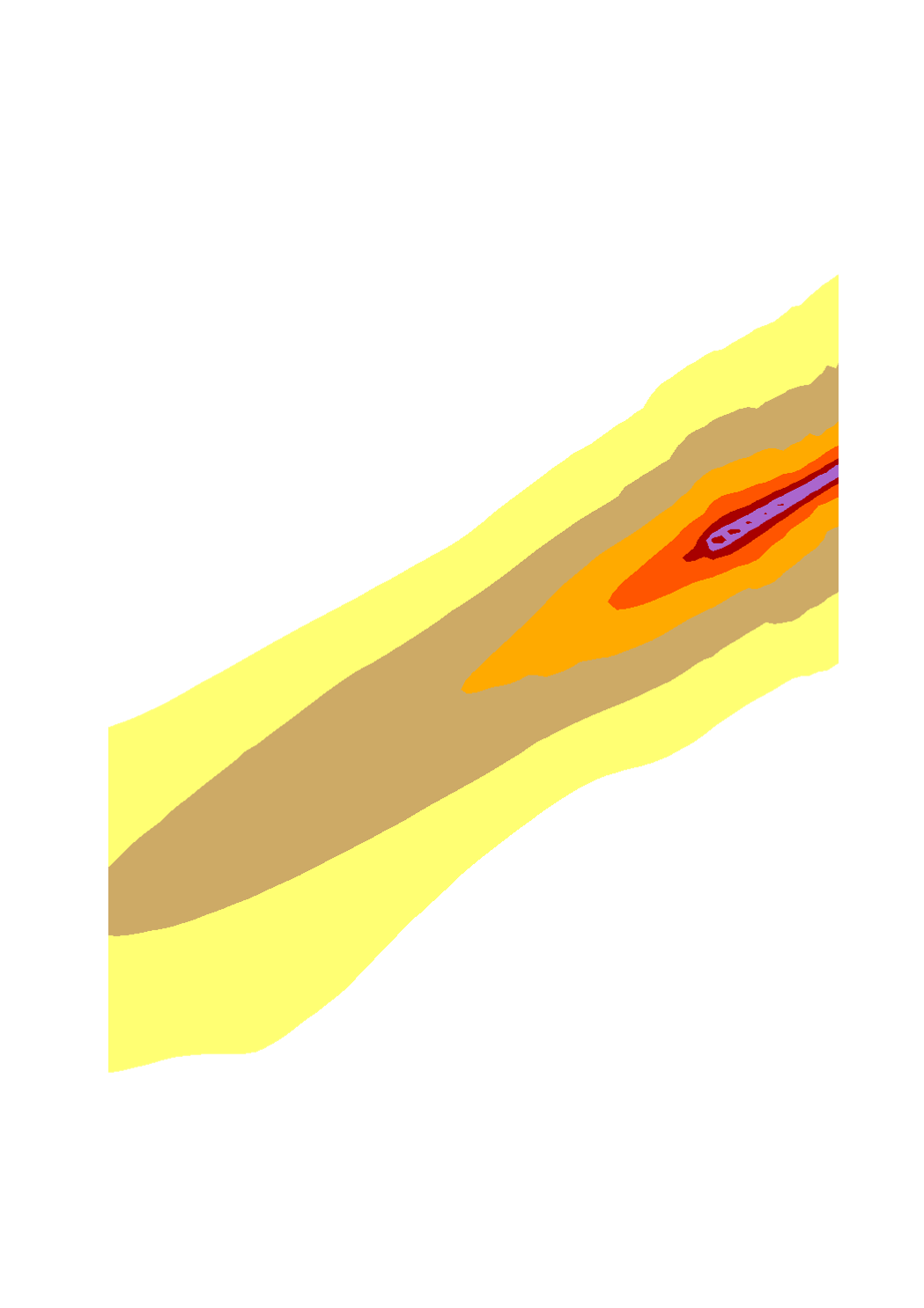environmental noise
Type of resources
Available actions
Keywords
Contact for the resource
Provided by
Groups
Representation types
Update frequencies
status
Scale
-

This layer contains the existing noise barriers in the rail network, which have been summarized by the authorities and used for the 2021 noise mapping under the Environmental Noise Directive 2002/49/EC.
-

This layer contains the existing noise barriers in the road network, which have been summarized by the authorities and used for the 2021 noise mapping under the Environmental Noise Directive 2002/49/EC.
-

The Environment Agency has commissioned a specialized and approved external expert to carry out noise level measurements at 3 selected immission points. The purpose of the mission was to measure the sound pressure at a representative measurement point for a week in December 2022, in order to control the road noise levels of the main traffic axes. For the measurement and calculation methods, the external expert used the standards ISO 1996-1: 2016 and ISO 1996-2: 2017.
-

The Grobscreening 2030 DTV2022 is used for the identification of hotspots for the NO2-air pollution on major roads in the Grand Duchy of Luxembourg for the year 2030 based on the 2022 trafic numbers and an estimate for the fleet composition in 2030. Every road segment in the country that presents a circulation of more than 5000 vehicles a day and a relevant roadside construction is inspected. The annual mean of NO2 is then determined.
-

The Environment Agency has commissioned a specialized and approved external expert to carry out noise level measurements at 18 selected immission points. The purpose of the mission was to measure the sound pressure at a representative measurement point, in order to control the road noise levels of the main traffic axes. For the measurement and calculation methods, the external expert used the standards ISO 1996-1: 2016 and ISO 1996-2: 2017.
-

The Environment Agency has commissioned a specialized and approved external expert to carry out noise level measurements at 5 selected immission points. The purpose of the mission was to measure the sound pressure at a representative measurement point, in order to control the rail noise levels of the main traffic axes. For the measurement and calculation methods, the external expert used the standards ISO 1996-1: 2016 and ISO 1996-2: 2017.
-
When drawing up the strategic noise maps for the fourth round of Directive 2002/49/EC of the European Parliament and of the Council of 25 June 2002 relating to the assessment and management of environmental noise, the Environmental Administration also took a closer look at the impact of Touch & Go flights. These maps refer to the year 2021 and show the exposure to aircraft noise during the daytime period in decibels per year using the Lden indicator.
-

In accordance with European legislation, the Environment Agency has updated the strategic noise maps for the fourth cycle of Directive 2002/49/EC of the European Parliament and of the Council of 25 June 2002 relating to the assessment and management of environmental noise. These maps refer to the year 2021 and indicate, with the help of a standardised colour scale using the Lngt indicator, the exposure to ambient noise in decibels of the major airports per year located on the territory of the Grand Duchy of Luxembourg. The indicators used to describe the annoyance caused by exposure to noise are : Lden in decibels (dB), a representative average noise indicator for a 24-hour day, evaluated over a full year and for which the evening period is penalised by 5 dB(A) and the night period is penalised by 10 dB(A); and the Lnight in decibels (dB), a representative average noise indicator for an 8-hour night, assessed over a full year and associated with sleep disturbance. The indicators are based on three periods of the day: a day" period of 12 hours (7am to 7pm), an "evening" period of 4 hours (7pm to 11pm) and a "night" period of 8 hours (11pm to 7am)." https://environnement.public.lu/fr/loft/bruit/valeurs-limites-bruit.html
-
When drawing up the strategic noise maps for the fourth round of Directive 2002/49/EC of the European Parliament and of the Council of 25 June 2002 relating to the assessment and management of environmental noise, the Environmental Administration also took a closer look at the impact of Touch & Go flights. These maps refer to the year 2021 and show the exposure to aircraft noise during the night period in decibels per year using the Lngt indicator.
-

In accordance with European legislation, the Environment Agency has updated the strategic noise maps for the fourth cycle of Directive 2002/49/EC of the European Parliament and of the Council of 25 June 2002 relating to the assessment and management of environmental noise. These maps refer to the year 2021 and indicate, using a standardised colour scale based on the Lden indicator, the exposure to ambient noise in decibels of major roads with more than 3 million vehicles per year located within agglomerations. The indicators used to describe the annoyance caused by exposure to noise are : Lden in decibels (dB), a representative average noise indicator for a 24-hour day, evaluated over a full year and for which the evening period is penalised by 5 dB(A) and the night period is penalised by 10 dB(A); and the Lnight in decibels (dB), a representative average noise indicator for an 8-hour night, assessed over a full year and associated with sleep disturbance. The indicators are based on three periods of the day: a day" period of 12 hours (7am to 7pm), an "evening" period of 4 hours (7pm to 11pm) and a "night" period of 8 hours (11pm to 7am)." https://environnement.public.lu/fr/loft/bruit/valeurs-limites-bruit.html
 geocatalogue.geoportail.lu
geocatalogue.geoportail.lu